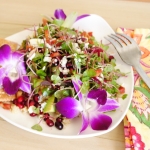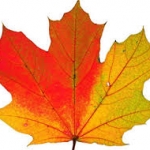A Little Bit About Christmas Tree Farming
 Everybody loves a freshly-cut Christmas tree. The smell, the look, the feel of all that winter greenery, right there in your home. But just what all goes into creating that tree? Christmas tree farming seems like it would be easy, but it’s actually quite time-intensive and laborious.
Everybody loves a freshly-cut Christmas tree. The smell, the look, the feel of all that winter greenery, right there in your home. But just what all goes into creating that tree? Christmas tree farming seems like it would be easy, but it’s actually quite time-intensive and laborious.
Each Christmas season, between 35 and 40 million trees are sold in the United States alone. An average tree farmer plants around 2,000 trees, of which only 750 to 1500 survive to harvest. It takes an average of 6 to 10 years for a tree to reach maturity. Each tree costs around $5 to $10 from the time it’s planted until the time it’s harvested. Being a Christmas tree farmer can be profitable, but is not without risk.
Planning for the Christmas season begins in earnest in July, but farmers spend 11 months of each year tending to their crop, only really resting, ironically, in December, when all that’s left to do is sell. Spring and summer are particularly busy: farmers spend long hours controlling competition from other plants. Insects and disease can also cause serious damage; farmers often have to quarantine individual trees to save the crop.
Pests can also be problematic: if the fields are left unmowed and unweeded, rodent populations swell, and entire strands of trees can be destroyed.
In non-organic tree farms, trees sometimes need to be treated with herbicides or pesticides, to help control diseases and predation. In organic farms, however, chemicals are not used, requiring more mowing and pruning.
So next time you meet a Christmas tree farmer: give him/her a hug and thank them. It’s hard work!











